What are the Applications of Horticultural Lighting
Lighting from electric lamps is increasingly being used in the production of horticultural crops grown in controlled environments. However, sometimes there is confusion about the different lighting applications and what type of lighting is needed to obtain the desired plant responses. Considering the cost to purchase, install and operate lighting can be expensive, it’s important that the correct type of lighting is installed and delivered to plants. This article summarizes the different lighting applications and characteristics used in horticulture, including in greenhouses and indoors.
Photoperiodic lighting. Many ornamental crops (annuals and perennials) flower in response to the length of the day and the night. When the nights are long (from late fall to early spring), the short days promote flowering of short-day plants and inhibit flowering of long-day plants. Photoperiodic lighting is the delivery of light, usually at a low intensity, to inhibit flowering of short-day plants and promote flowering of long-day plants (Table 1). Although this lighting application can increase the height of plants, it does not promote photosynthesis and thus, does not increase plant growth.
There are many ways to deliver photoperiodic lighting, but the most common method is to deliver 1 to 2 μmol∙m–2∙s–1 of light for four hours during the night (or at the end of the day) from lamps that at least partly emit red light. When the daily light integral (DLI) is low, both red and far red light are needed to promote flowering of a broad range of long-day plants. Once the days are sufficiently long (typically beginning in April), there is no value of photoperiodic lighting.
Supplemental lighting. When most plants are grown under a low DLI (e.g., less than 10 mol∙m–2∙d–1), growth of shoots and roots is slow and branching is poor. Supplemental lighting is the delivery of moderate-intensity lighting at night and on cloudy days to increase plant growth and plant quality attributes. High-pressure sodium is still the most common greenhouse lamp, but more energy-efficient LEDs are increasingly being used when their economics are favorable. Lamps typically operate up to 20 hours per day, but once the average DLI exceeds around 12 mol∙m–2∙d–1, there is little or no economic value to supplemental lighting on most crops, with the exception of some very high-light crops such as tomato.
Sole-source lighting. Some high-value crops, such as tissue culture propagules and leafy greens, are being grown indoors in which the only light source available to plants is from electric lighting. There are several reasons why the selection of lamp(s) used for this application is especially important:
• The intensity delivered is relatively high (150-200 μmol∙m–2∙s–1 for most crops, but even high for others), especially as plants reach the marketable stage.
Revolutionizing Electronics: Why SMD LED Remover?
5 Ways Philips Eyecomfort LED Spotlight Eliminates Eye Strain
Revolutionizing Industrial Safety: Explosion Proof High Bay Lighting - Are Traditional Lights a Thing of the Past?
SMD vs COB LED: Which is the future of lighting technology?
Unveiling the Charm: What Makes Edison Bulbs Special?
Are UV LED chips energy-efficient and long-lasting?
What are the top 10 tips for purchasing senbe LED neon flex?
• Lamps typically operate for 18 to 24 hours per day for most or all of the year.
• The light spectrum has a pronounced effect on plant growth and quality attributes.
• Cooling systems are needed to remove heat generated by the fixtures, so lamp efficacy (conversion of electricity into light) is especially important.
• Purchase and operation costs are high.
Considering these parameters, most new sole-source lighting installations are with LED arrays, especially red LEDs with blue or white LEDs, or a type of white LED alone.
We can supply horticulture leds, if you need, please contact us.
Additional resources:Is 3528 LED good?
Is COB LED better than LED?
Revolutionize Your Retail Space with LED Lighting
What are the top 5 advantages of explosion proof junction boxes?
What is explosion-proof electrical equipment?
What is the price of 100 watt COB LED chip?
Transform Your Space: The Ultimate Guide to Interior Lighting
Related Articles


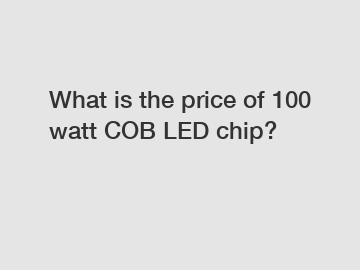
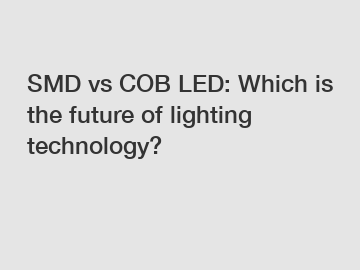
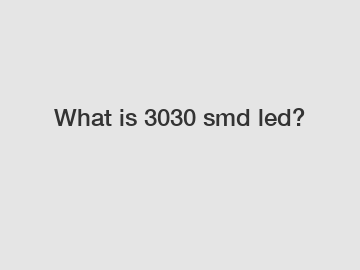

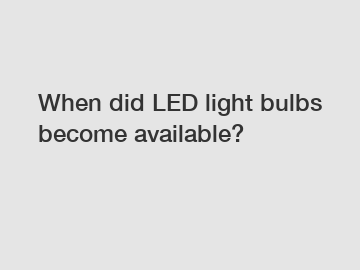
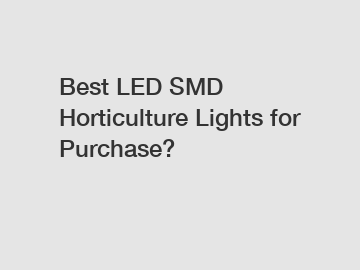
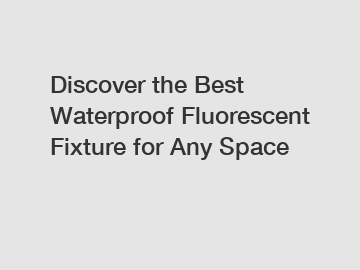
Comments